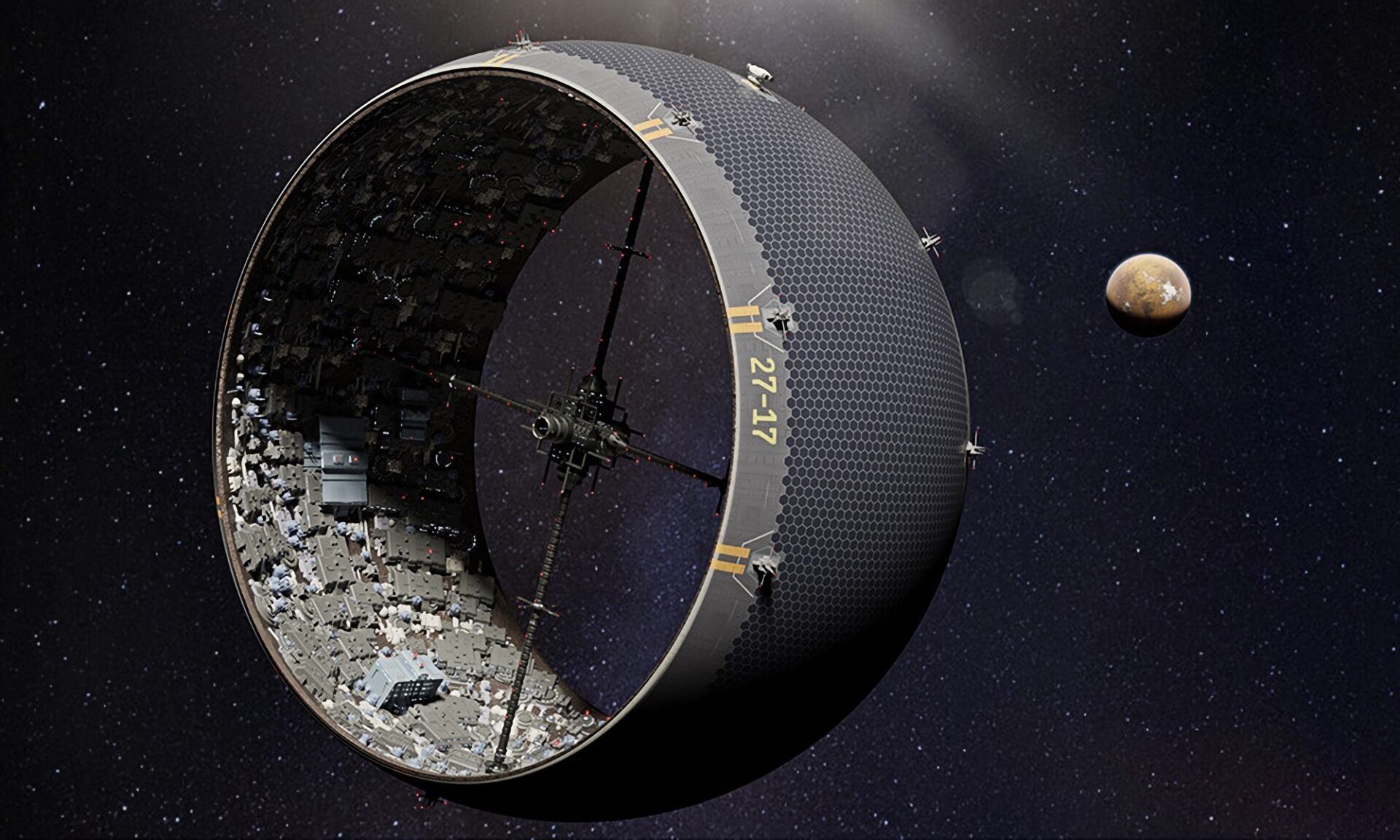When it comes to civilizations of the distant future beyond Earth, we should expect something more than just the gray landscape of the Moon or the inhospitable surface of Mars. One day humanity will be able to inhabit asteroids. Imagine that space rocks, such as the asteroid Bennu, will one day be able to become a home for your distant descendants.

A group of scientists from the University of Rochester in New York has developed a plan to turn asteroids into space cities with artificial gravity. This fantastic idea has a completely scientific justification. The article offers a new way of thinking about this possibility in such a way as to protect residents and make their life as comfortable as at home. The theoretical study is published by Frontiers in Astronomy and Space Sciences.
The basic concept of an asteroid city is based on an idea called the O’Neill cylinder, a rotating space colony design proposed by physicist Gerard O’Neill in the 1970s. Rotation creates artificial gravity on the inner rim of the wide ring. Remember the cylindrical Cooper station in the movie “Interstellar”, which creates comfortable conditions for the crew in this way. But it would be very difficult and too expensive to transport enough material into space to make a giant O’Neill cylinder.
O’Neill’s Asteroid Cylinder
Therefore, the Rochester research group suggests a way to create such a cylinder from materials in space. Asteroids will come in handy here. Their material could be used to build a cylinder that would represent a living area. And to fasten the structure, an ultralight and at the same time ultra-strong grid of carbon nanofibers would be used. Further, the rotation of the asteroid will lead to the fact that during the centrifugal force, the rocks will expand the nanoset bag, creating a packed layer of rock in it, which will become the foundation for housing construction. Also, the asteroid material will not only help to build, but will also become a protection against cosmic radiation.
“An asteroid with a diameter of 300 meters can turn into a cylindrical space area with an area of about 35 square kilometers. It’s about the size of Manhattan. So far, space cities may seem fantastic, but history shows that about a century of technological progress can make the impossible possible,” said Adam Frank, co-author of the idea from the University of Rochester.
Also, we reported earlier about how Asteroid Launcher allowed you to drop an asteroid on Moscow.
Follow us on Twitter to get the most interesting space news in time
https://twitter.com/ust_magazine

